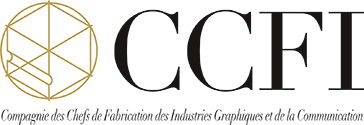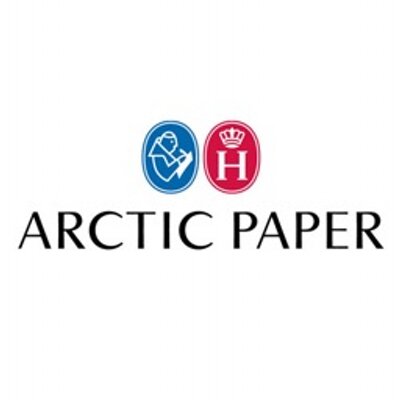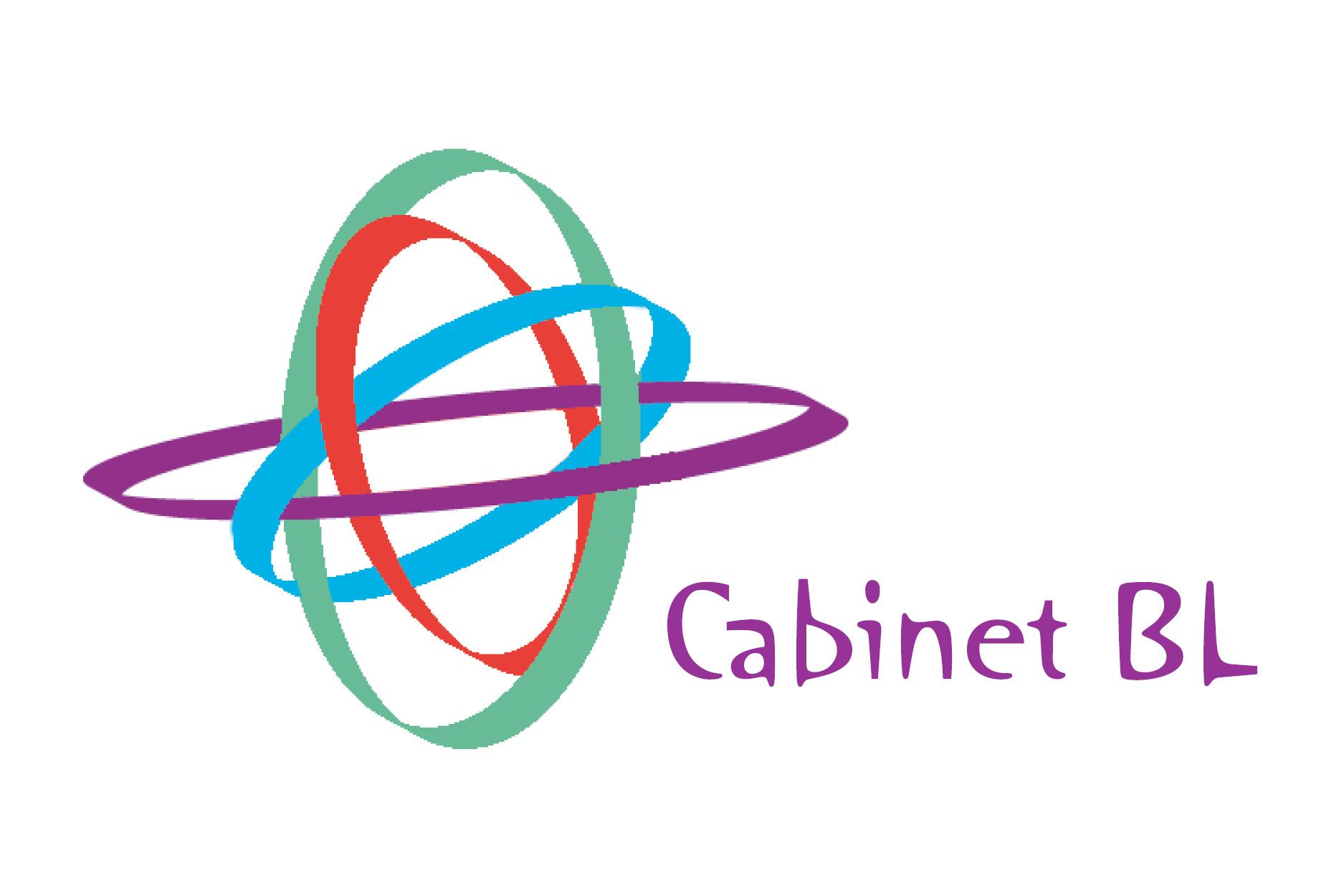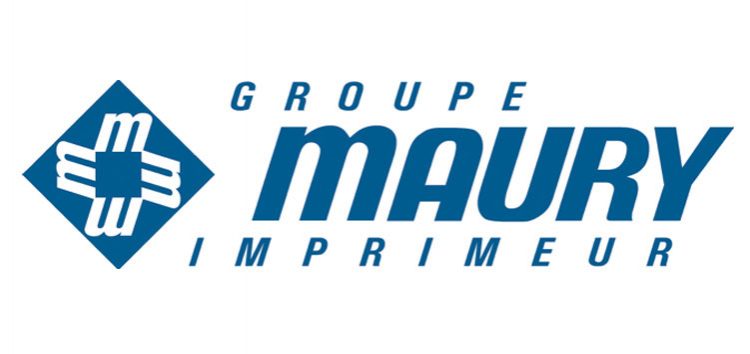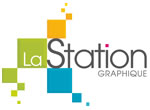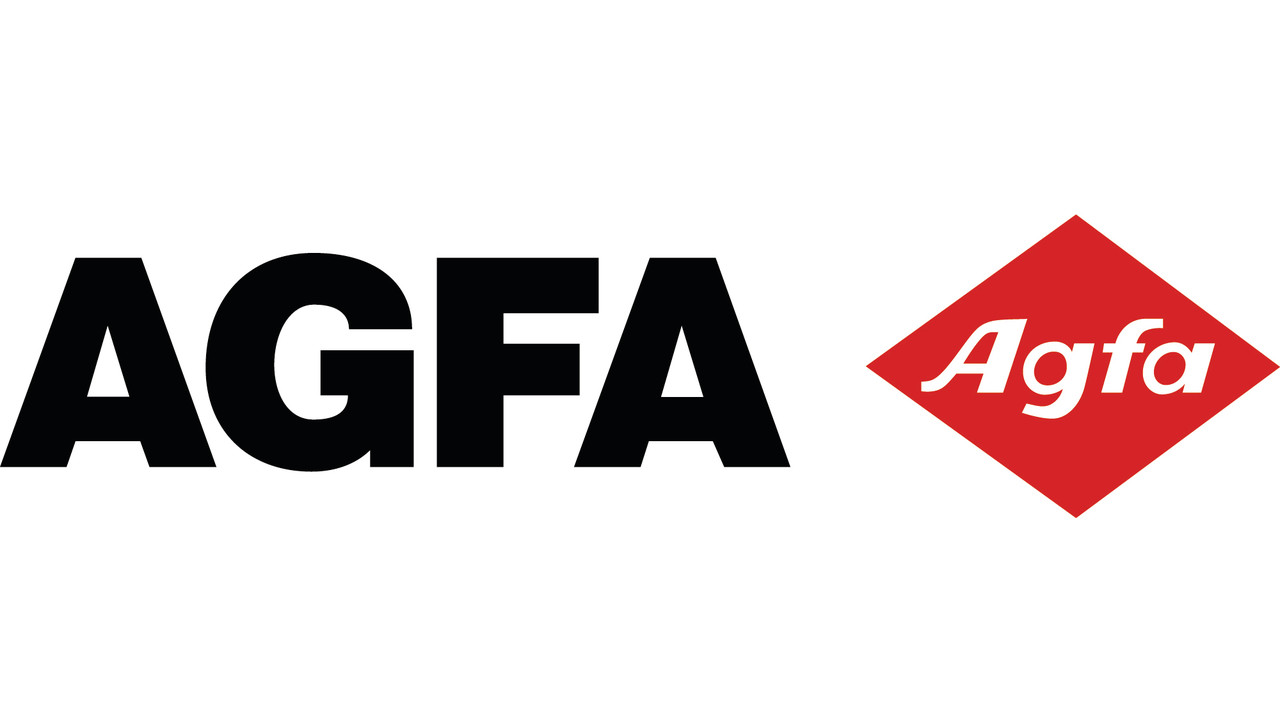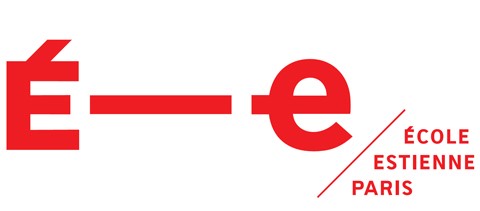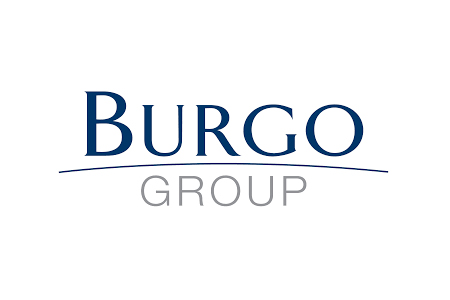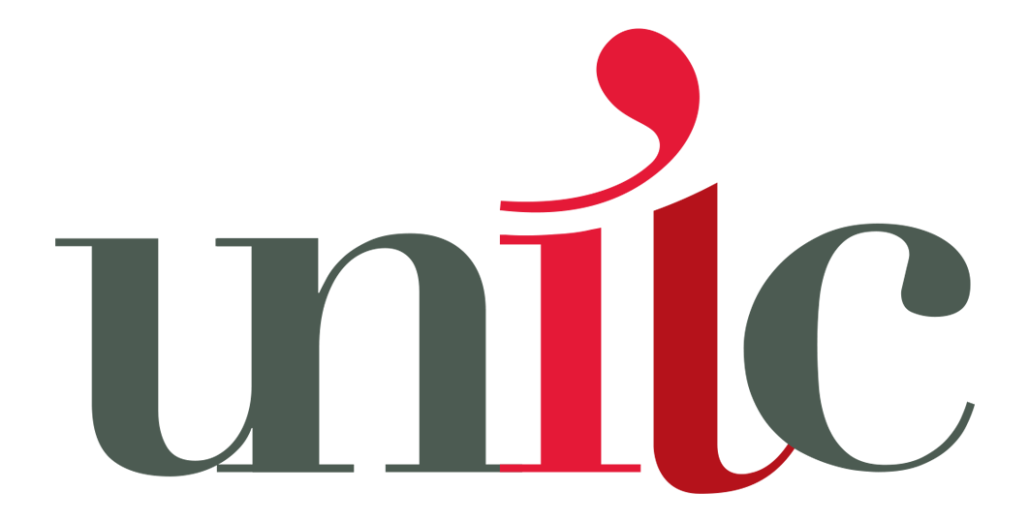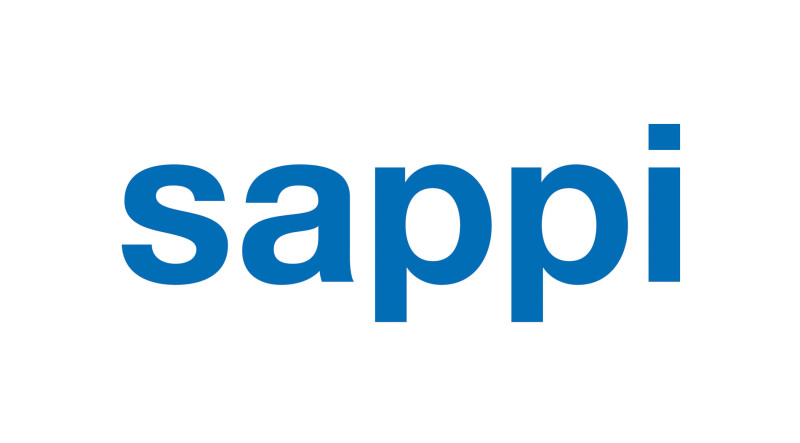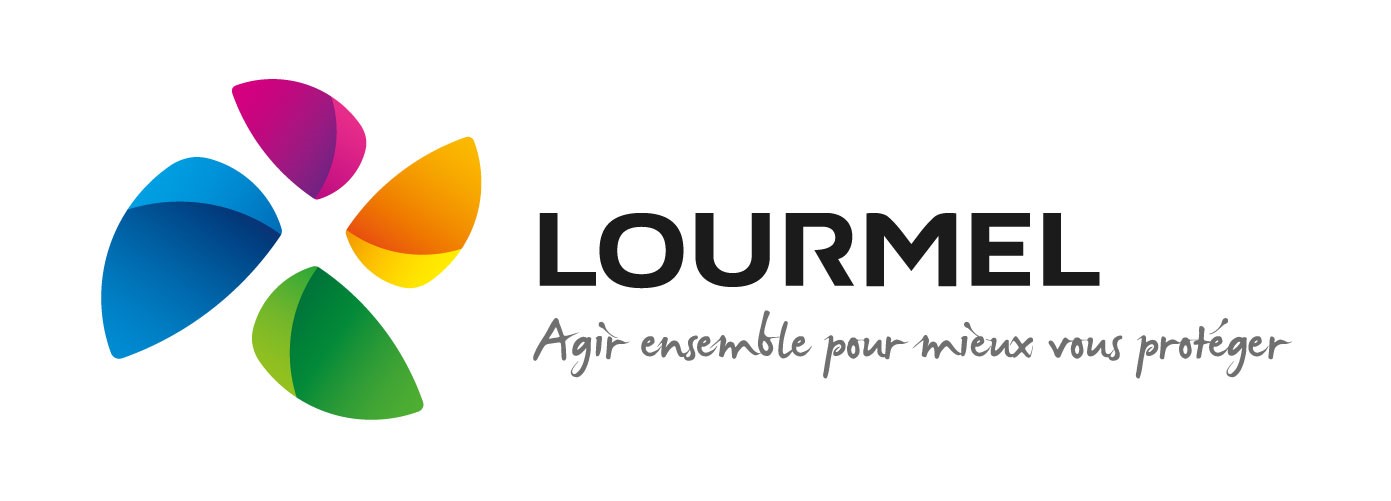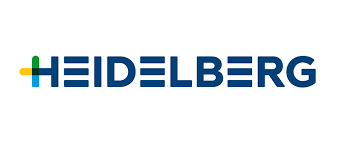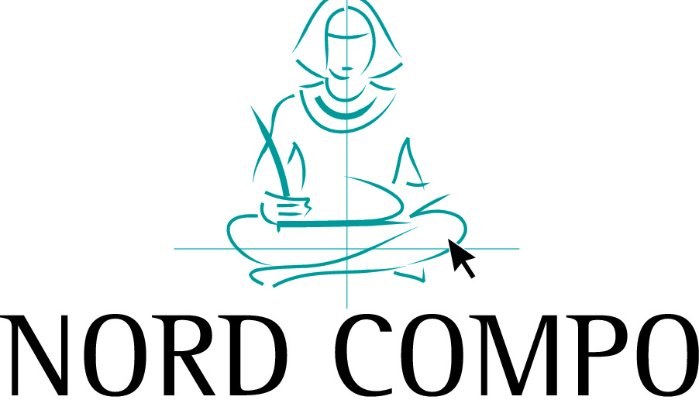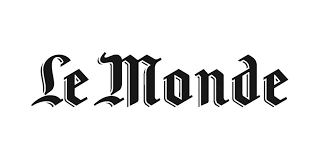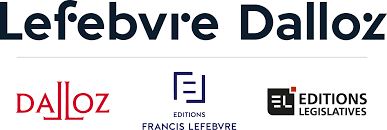Book Publishing Revenues Flat at $25.71 Billion For The Year
The Association of American Publishers (AAP) today released the StatShot Annual report for calendar year 2020, estimating that the U.S. book publishing industry generated $25.71 billion, a slight decrease of 0.2% from 2019 revenue of $25.77 billion. Consistent with past StatShot reports, book publishing industry revenue has ranged between $25 billion and $26 billion since 2016.
“The 2020 results are remarkable and inspirational for a year that people will long associate with an unprecedented public health crisis, worldwide suffering, and colossal business disruptions,” said AAP President and CEO Maria A. Pallante. “That publishing is resilient is nothing new, but we should nevertheless take a moment to recognize the incredible dedication and innovation of the industry in serving readers and the public interest during such an isolating and confusing time.”
In 2020, total revenue, including directly reported and estimated data, in the industry’s largest category, Trade (consumer books), increased by an estimated 6.0% to $16.67 billion, and by 8.6% in directly reported revenue. Revenue from Higher Education declined 5.7% to $3.10 billion in addition to PreK–12 revenue, which declined 12.3% to $3.84 billion. Revenue from Professional books declined 14.5% to $1.68 billion. University Presses, the smallest category reported, grew slightly, by 2.9% to $391.7 million in 2020.
2020 StatShot Annual Report Highlights
The year 2020 will long be remembered for the onset of an unforgiving public health crisis and corresponding economic uncertainty for businesses of every size. Throughout it all, however, the publishing industry stayed laser-focused on its mission to serve readers and the public interest, even while pivoting to shifting consumer needs.
While the market was flat overall (−0.2%), Trade books had a strong year, up 6.0%, as many consumers turned to reading and listening to both fiction and non-fiction with renewed interest and commitment.
Print books continued to dominate the market during the year, with Hardback, Paperback, and Special Bindings each seeing an increase.
While eBook revenue had declined since 2014, during calendar year 2020 the category was up 11.7%, coming in at an estimated $2.12 billion. Downloaded Audio continued to grow, and was up 13.2% as compared to 2019, with an estimated revenue of $1.42 billion for the year.
The Online Retail channel, which includes sales of digital products as well as physical products sold via online platforms, increased 19.2%, reaching $9.53 billion in revenue, and representing 37.1% of all estimated industry revenue.
Bookstores experienced lower foot traffic, and as a result Physical Retail, which comprises all sales to bookstores and other traditional retailers, including their online sales, saw a year-over-year decline of 11.3%, coming in at $5.13 billion. In addition, the U.S. Export market declined 2.8% to $1.27 billion during 2020. The Direct-to-Consumer channel also suffered a significant decline.
In terms of Trade (consumer books) publishers, this year marks the first time that Online Retail represented 50% of revenues, up from 43.3% in 2019. Across all of Trade, Direct fell 45.6%. There was increased revenue for Children’s & Young Adult Fiction and Non-Fiction, however units declined 9.5% for Fiction titles and increased 0.9% for Non-Fiction titles.
In Higher Education, an increase in distance learning helped to further accelerate widespread adoption of cost-effective eTextbooks in both sales and rentals––including models such as inclusive access––resulting in an estimated 5.7% decline to $3.10 billion as compared to 2019. PreK–12 education publishers saw a 12.3% decline to $3.84 billion as compared to 2019.
The full report is available for purchase on AAP’s website.
What’s New in StatShot Annual 2020
As in previous years, the 2020 StatShot Annual Report combines directly reported data with market modeling to estimate the true size of the publishing industry. While AAP’s previous StatShot Annual reports have bridged the gap between directly reported and estimated data only at the highest level, this year’s report includes greater detail on reported data across all categories. Tables and charts detailing directly reported data are clearly marked throughout.
This year’s report also reflects an expanded relationship with Bowker, a ProQuest affiliate that is the world’s leading provider of bibliographic information, and uses its Books In Print data to ensure that MPI is capturing all active publishers in this year’s estimate, including small publishers. In StatShot Annual 2020, MPI has both captured this larger pool and appropriately adjusted for size and sector across all five years.
In order to take maximum advantage of the expanded resources utilized for this year’s report, reporting entities were asked to restate their data in a common language of definitions to ensure comparability and to satisfy requests for detailed breakdowns where needed. Because participants submitted new data for all five years, the data expressed in this StatShot Annual may vary from data that was previously reported in AAP’s calendar year 2019 report, and/or in monthly analyses or in data publicly reported in the media. Variances will occur if participants have restated their previous conclusions, as they sometimes do to correct or refine information as sales and returns settle and facts become clearer, and/or there is a difference as to participants in current or previous surveys.
Methodology
The StatShot Annual Report is based on data prepared by Management Practice Inc. (MPI), AAP’s statistics partner, and offers a valuable, financial overview of the book publishing industry that is more than the sum of AAP’s monthly statistics analyses.
StatShot Annual employs a unique methodology that combines annual data submitted by publishers and distributors, along with market modeling, to estimate the total volume of the U.S. publishing industry. Additionally, StatShot Annual reports estimated revenue and unit sales in the following market segments: Trade (consumer books), Higher Education, PreK-12, Professional, and University Presses. AAP (or its predecessor) has provided this service in a variety of forms since 1947. Participants are listed at the end of this report. MPI states the results of the survey are accurate at a 95% confidence level, plus or minus 5 percentage points. Percentages may not add to 100% due to rounding.
About AAP
AAP | The Association of American Publishers represents the leading book, journal, and education publishers in the United States on matters of law and policy, advocating for outcomes that incentivize the publication of creative expression, professional content, and learning solutions. As essential participants in local markets and the global economy, our members invest in and inspire the exchange of ideas, transforming the world we live in one word at a time. Find us online at www.publishers.org or on Twitter and Instagram at @AmericanPublish.
